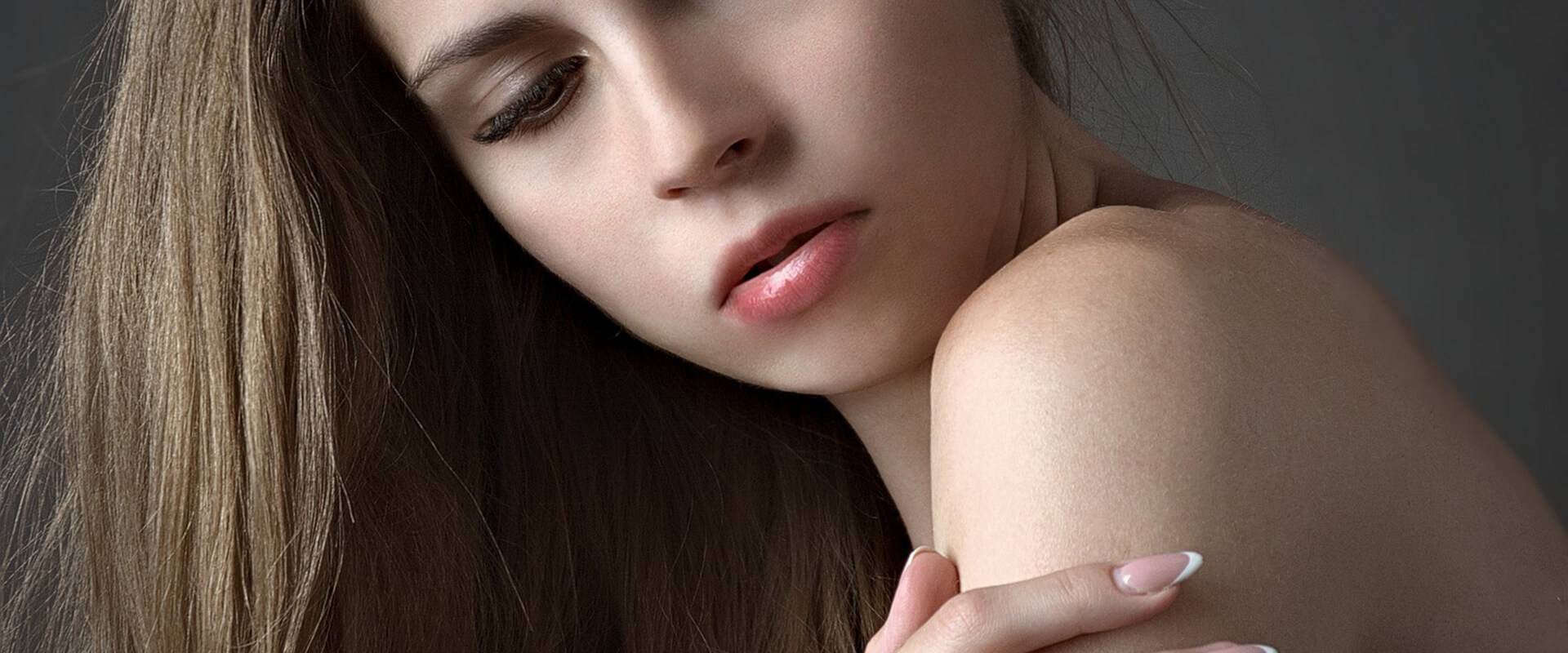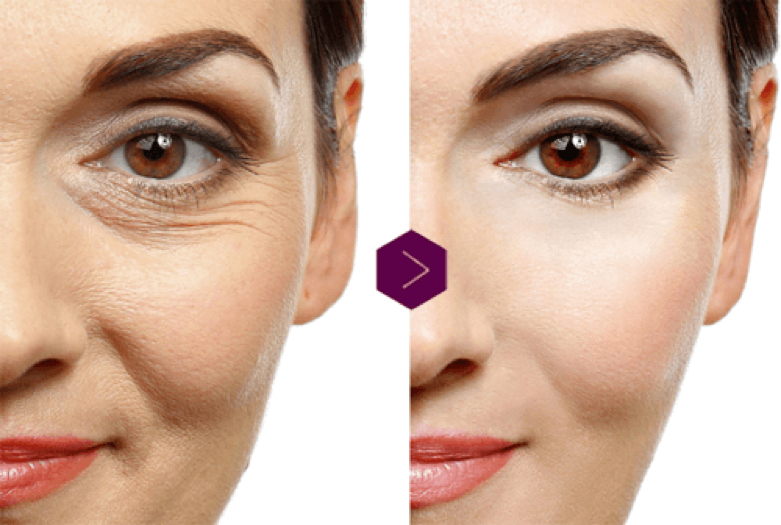Everyone has desired to have smooth and youthful-looking skin, even in the mid-years of one’s life. It has become a trend today that the older you are, the brighter, smoother, and more youthful your skin looks, the better. However, the aging process cannot be avoided, and it is possible to lose volume on the face as we grow older. This is where facial fat grafting comes in. An anti-aging and volumizer in one procedure saves you time and costs in achieving a youthful appearance. Read on to know more about this procedure, as well as its difference from a filler.
What is Facial Fat Grafting?
Facial fat grafting is also known as fat transfer, fat injection, and lipofilling. It is a kind of procedure that utilizes one’s fat in restoring volume, filling hallows, and eliminating wrinkles and lines on the face. Several indications that could have you considering facial fat grafting include lack of fat from the cheekbones, deep grooves that are visible from the nose to the corners of the mouth, lines, and wrinkles in the under eyelids, and lip enhancement.
You can undergo a fat transfer procedure if you have the following qualifications:
- If you have sunken, hallow, or creased areas on your face
- If you want a more permanent fix as compared to a filler
- If you desire to rejuvenate your face
- If you have donor sites which have excess fats
- If you are mentally and physically healthy
Facial Fat Grafting vs. Fillers
Fillers and fat grafting both give solutions to areas of the face where volume is lost, that are naturally thin and hallow, and have developed lines, wrinkles, and creases. The difference between fat grafting and fillers mostly has to do with the staying power, as well as the substance being used.
For fillers, the most natural and commonly used is hyaluronic acid (HA) filler with products like Juvederm and Restylane. These fillers can be used in the lips, nasolabial folds, marionette lines, etc. to name a few. This kind of filler is considered temporary and can last only for four to eight months before you are supposed to undergo another treatment.
This is because HA is naturally absorbed fully by the body. Some fillers are semi-permanent, but these are made of synthetic materials. Due to this, they may cause several complications such as inflammation, infection, and cysts. This is because the body considers it a foreign object; thus, it will not result in a natural-looking outcome.
Facial fat grafting, on the other hand, produces natural and permanent results while using fat from your own body. In this case, the possibility for complications to arise is much less because your immune system will not consider your fats as something foreign.
Also, surgeons tend to overfill the area that needs the fat transfer because, over time, your body can absorb up to 50% of the injected fats. Once some of the fats are absorbed, the remaining 50% of fats will stay permanently in the injected area. This is why three to four repeat sessions are recommended over a period of six months to a year in order to achieve the patient’s desired result.
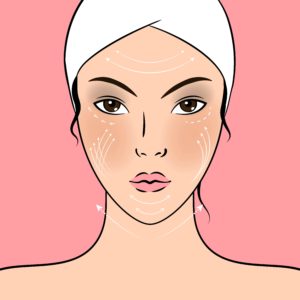
Facial Fat Grafting Procedure
Facial fat transfer is a mildly invasive procedure that takes around 30 minutes to an hour to finish at the doctor’s office. The procedure has three parts, namely, harvest, purification and transfer, and placement.
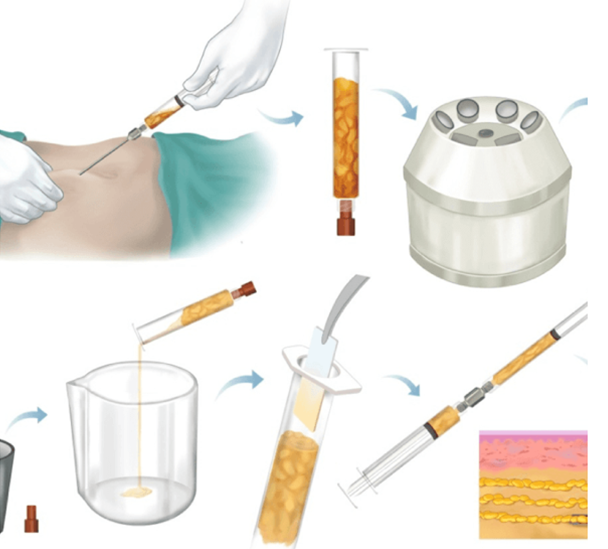
1. Harvest
- The first step of the procedure is the administration of the anesthesia. In this case, they commonly use local anesthesia with sedation.
- Since the patient’s fat tissues are used for facial fat transfer, fat grafting is achieved through the process of liposuction. The surgeon makes an incision or two of about 3-5 mm on either the buttocks, belly, or thighs. Then, the doctor will use a stainless steel tube called a cannula and inserts it in the incision to remove the fats using a suction force.
2. Purification and transfer
- When the surgeons have successfully extracted the fats from the patient’s thigh, buttocks, or belly, he inserts a test tube-like bottle and puts in a machine called a centrifuge. This machine applies a centrifugal force to the contents to separate the fluids that have different densities or to separate liquids from solids. This allows for the purest form of fat to be created.
- After the collected fats have separated in the centrifuge, the surgeons will extract the needed fats through a syringe.
3. Placement
- The surgeon or his staff prepares the area for grafting through cleaning and sanitization.
- The surgeon then injects the fat cells that are in the syringe into the area of the face that needs grafting. He repeatedly injects the area with fats until he achieves the patient’s desired outcome.
Facial Fat grafting recovery
Recovery from fat grafting varies from one person to another, depending on how their body takes time to heal from the operation. Although, the usual time for healing and downtime is a week, wherein the patient should take a leave from work and avoid strenuous exercise and daily activities. It is common to have minor swelling, bruising, and pain after the procedure that could interfere with visible results.
Your doctor will give you tips on how to maintain and take care of the treated area and will also provide you with pain medication to ease discomfort. The swelling and pain will gradually subside in a few days or weeks, and you will see the results within six months from the day of the procedure.
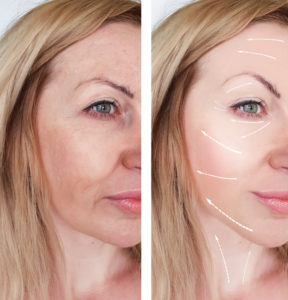
Facial Fat Grafting Before and After
As seen on the before and after picture below, the patients’ faces have significantly increased in volume and look more youthful and smoother through the elimination of lines and wrinkles after having the facial fat grafting procedure. Of course, the results will not be that perfect at times because fat tissue after the transfer has a 50-50 survival rate.
Around 50% dies, while the other 50% survives and stays permanently in the grafted area. This is why repeat treatments are strongly recommended after a few months, up to a year. It will help to maintain the results and help with its overall retention of fat.

